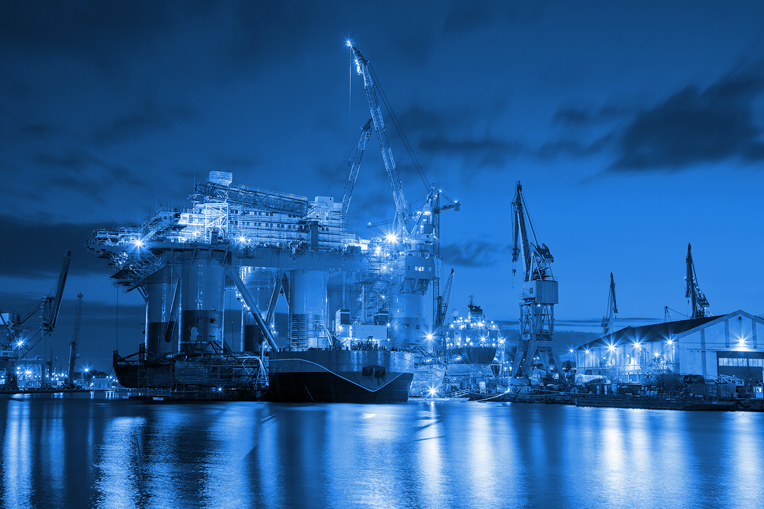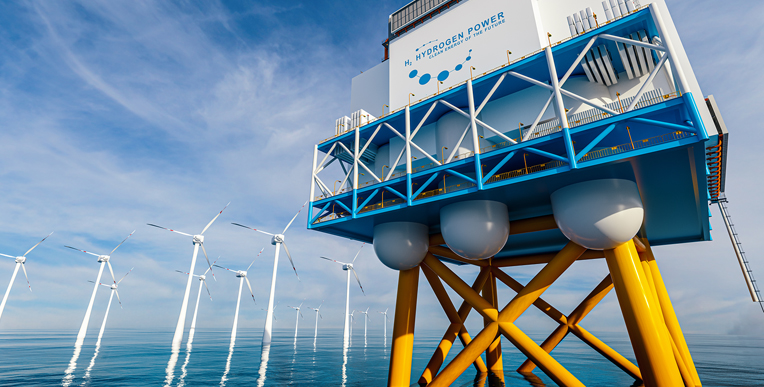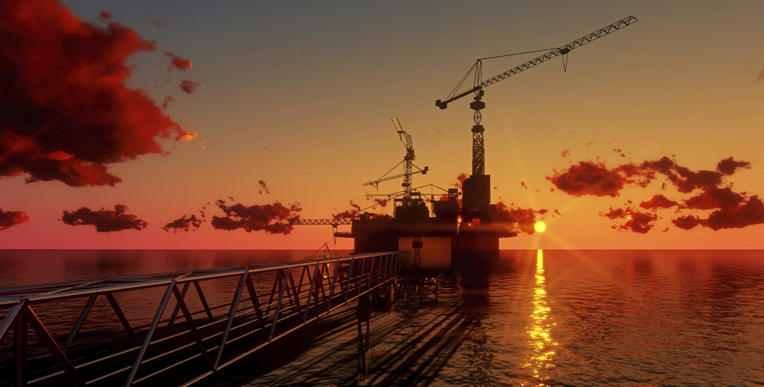
With more than 80 percent of the world trade carried by sea, and more than 90 percent of the world's communications travelling via fibre optic submarine cables, the marine and offshore engineering (M&OE) industry in Asia is vital.
“Particularly for Singapore, as a maritime nation, the oceans and seas are our future,” said Senior Minister and Coordinating Minister for National Security Teo Chee Hean.
“Both our M&OE and sea transport sectors play a key role in maintaining Singapore’s role as a global business hub for Asia and the world.”
He was speaking at the official opening of Technology Centre for Offshore and Marine, Singapore (TCOMS) Ocean Basin, Singapore’s first ocean basin facility for simulating real-world ocean operating environments.
The M&OE sector is a significant contributor to the Singapore economy, with capabilities to meet the global demand for activities from ship repair, shipbuilding, rig-building and offshore engineering, to oilfield equipment manufacturing, and the building and chartering of offshore supply vessels.
As a leading Oil & Gas (O&G) equipment and services hub in Asia, the nation hosts over 3,000 established M&OE firms including world-renowned homegrown companies. From the very first dry dock built back in 1859, the industry has since evolved and transformed to meet the growing demands of the global maritime and offshore energy sector, especially towards a more sustainable future.
Much of the development of the sector can be attributed to the collaborative efforts of academia, the public sector and the industry co-innovating to provide solutions and build capabilities. A case in point is the TCOMS which leads a multi-institution research programme comprising A*Star, local universities and industry players Keppel Offshore & Marine and Sembcorp Marine, and has established partnerships with overseas research institutes.
The competitive sector has proven itself to be robust, braving through headwinds and many challenges with latest brought on by the COVID-19 pandemic which resulted in many of M&OE enterprises having to face project delays and cancellations.
In the report released by the Economic Development Board (EDB), on a year-on-year basis, Singapore’s manufacturing output decreased 8.9 percent in February 2023. However, the M&OE segment in the transport engineering expanded 41 percent, supported by a higher level of activities in the shipyard as well as increased production of oil & gas field equipment.
Boasting a rich ecosystem, the sector’s strengths in design, engineering, manufacturing and innovation have attracted the world’s largest O&G equipment and services firms to set up their bases here. These include Baker Hughes, Halliburton, National Oilwell Varco, Schlumberger and TechnipFMC. Top component and services suppliers like Energy Alloys and OMS are also based here, highlighted EDB.

<b> Fight against Climate Change Brings Opportunities</b>
Singapore has long had a resilient M&OE sector that postures itself to address challenges and trends head-on and continues to evolve, innovate and adapt to the world markets and global developments.
As the Business Times article, “Set sail with the marine and offshore industry’, pointed out, M&O is no longer just about shipbuilding, but supporting the fight against climate change. Energy transition efforts are not only a boon to the planet, but to the prospects of the sector too.
Singapore’s M&OE and sea transport sectors have started to diversify into the green economy and lower-carbon solutions. These range from the design and installation of offshore wind farms to the electrification of vessels, and the use of cleaner fuels such as ammonia and hydrogen to drive ocean-going ships. Local enterprises are also exploring the transportation, storage and bunkering of ammonia and hydrogen. The industry is notedly leveraging its expertise to contribute to the renewables sector.
Sembcorp Marine (Sembmarine) said that it is looking to make the most of the global energy transition and has identified offshore renewables, new energies, and cleaner offshore and marine solutions as key areas of opportunity going forward. It predicts that the value of work that will be available over the next decade in the offshore renewables market will come in at around $260 billion, with a further $290 billion from its more traditional markets.
In March 2023, Sembmarine and its consortium partner GE Renewable Energy’s Grid Solutions jointly secured a framework cooperation agreement (FCA) from Dutch transmission system operator TenneT. This contract marks the largest offshore renewables project to be secured by Sembmarine to date.
The agreement comprises three contracts to supply high voltage direct current (HDVC) electrical transmission systems for three mega offshore wind farm projects, for a combined capacity of 6 GW in the Netherlands, as part of TenneT’s offshore grid acceleration programme. Each of the contracts is valued at about two billion euros (S$2.9 billion), reported Sembmarine.
“Offshore renewables is an important pillar of our business and we will continue to develop cleaner, greener and renewable solutions across our entire business value chain in the offshore, marine and energy sectors,” Chris Ong, chief executive of Sembmarine pointed out.
According to a Rystad Energy report, global offshore wind expenditure is expected to grow at a compound annual growth rate of 11 percent this decade and the market will be worth US$126 billion by 2030.
In a report by BloombergNEF, the global floating offshore wind market is expected to increase to a cumulative 27.6 gigawatts by 2035 from just 0.1 gigawatt currently installed. That represents tremendous growth.
And in two years, Keppel O&M has secured SS$1.3 billion worth of offshore wind projects such as substations and wind turbine installation vessels.
<b> Charting the digitalisation journey </b>
To keep the M&OE sector buoyant, industry transformation efforts must continue in tandem, said Minister of State Alvin Tan at the Association of Singapore Marine Industries’ inaugural Marine & Offshore Symposium 2022.
The M&OE Industry Transformation Map (ITM) is a roadmap to drive transformation and capture long-term growth opportunities. It is the collective effort of the M&OE Industry Tripartite Committee comprising government agencies, trade associations and chambers (TACs), unions and industry leaders. Through the ITM, the aim is to have the M&OE industry contribute S$5.8 billion to Singapore’s GDP and introduce around 1,500 new jobs by 2025.
Aligned to the M&OE ITM, the M&OE Industry Digital Plan (IDP) is part of the SMEs Go Digital programme which aims to make going digital simple for SMEs. The IDP provides a step-by-step guide on the digital solutions SMEs can adopt at each stage of their growth. Besides digital transformation efforts, the DP also includes a Digital Roadmap on Training to help SMEs identify skills needed for various job roles.
“Ultimately, industry transformation must reach and benefit workers. Given that the M&OE sector is highly engineering-intensive, companies will continue to focus on building up capabilities over the long haul,” MOS Alvin Tan said.
